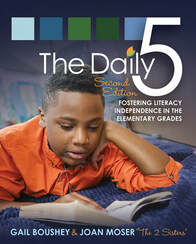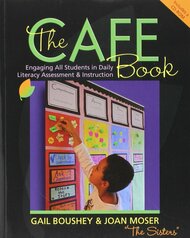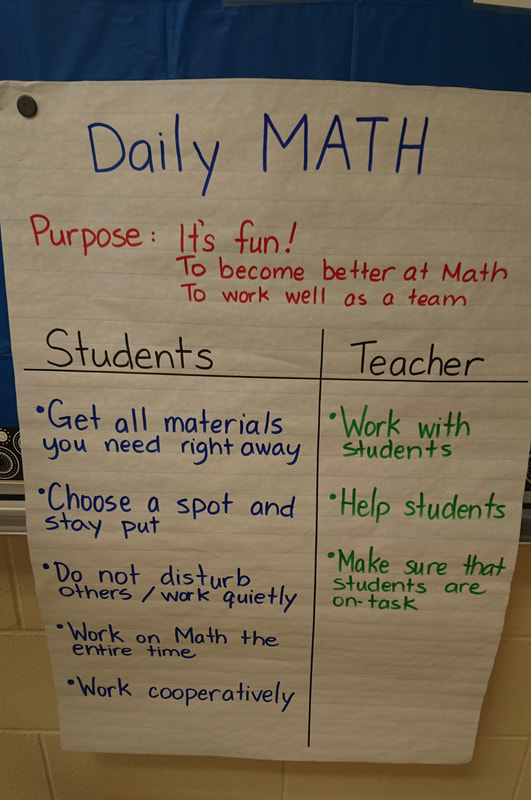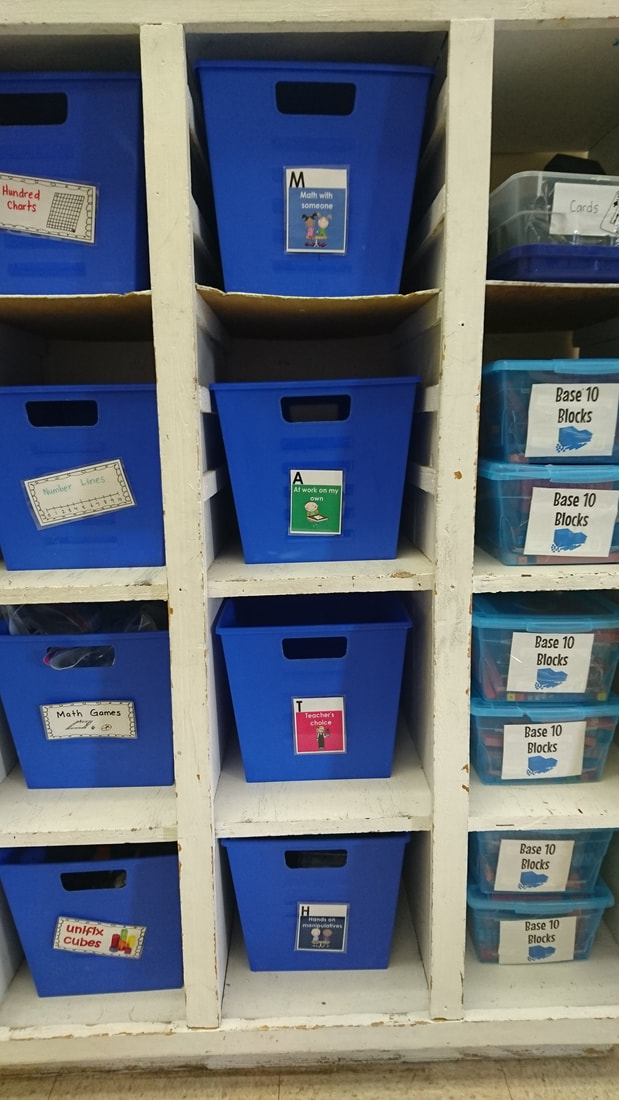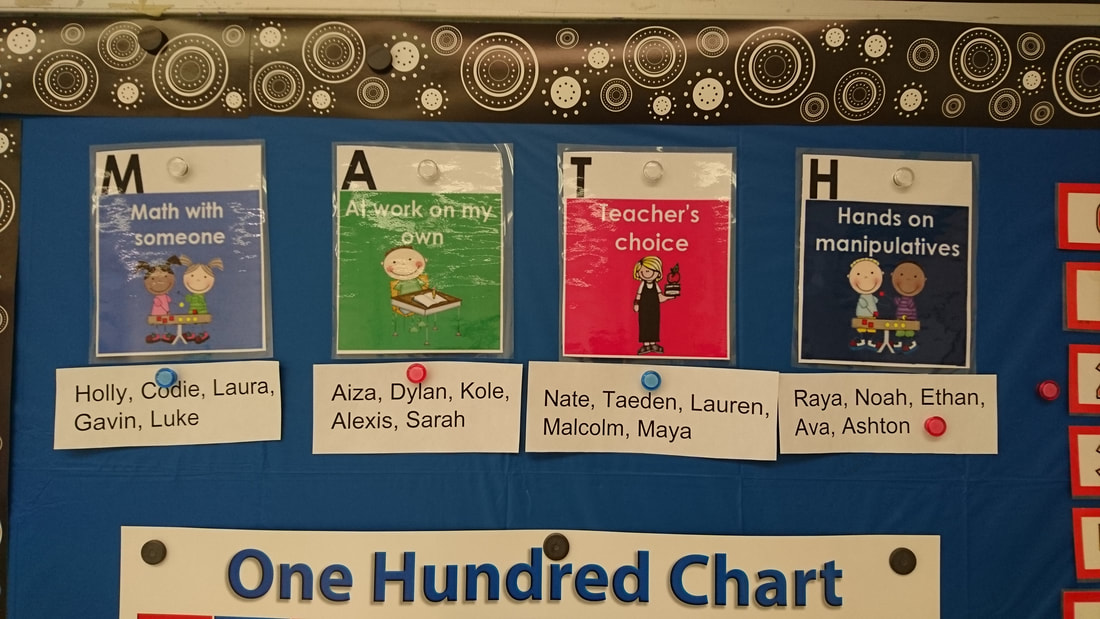If you've read my previous blogs, you'll know I have a lot of love for the Daily 5 and Literacy CAFE structure in my Language Arts classroom. If you haven't heard about it, I'd highly recommend these books.
Optimize individual choice and autonomy
Students are given a set of activities to complete each week, and each day they are able to choose which one they will do. They are also able to choose where they sit, provided that they stay in one spot and work the entire time (this is not limited to sitting at a table. They are allowed to work on the floor, under tables, anywhere within reason!). When they are reading, they are able to select their own books, and when doing word work I usually offer a choice of activities to work on. One of the reasons students buy into this structure so much is because of how much choice they are given. The activities students complete are designed to be completed independently, so the teacher acts as a facilitator while students take charge of their own learning.
Foster collaboration and community
The activities in this structure involve working alone, in pairs, or in small groups. By the end of each week, students have done all three at least once. Mini-lessons are also offered to the whole class before each round, and these can be designed for whole-class instruction or small groups (e.g. table talk, pair and share).
Increase mastery-oriented feedback
Because students are engaged in learning independently, or in pairs or small groups, and the teacher acts as a facilitator, the teacher has the ability to meet confer with individuals and small groups. During these conferences, the teacher can provide focused instruction that targets the specific needs of those individuals. It also provides an opportunity for teachers to give specific and immediate feedback, and collaborate to develop goals to help them make gains in a given area.
Support planning and strategy development
Another benefit of conferring with students is that it provides an opportunity for teachers and students to have a discussion about what students need to work on, and the steps they could follow to meet their goals. For example, if a student is having difficulty reading with expression, the teacher can model what it looks/sounds like, and together the teacher and student can discuss ways the student can improve in this area. This may involve re-reading familiar books, reading easier books, focusing on the punctuation in a book, and so on. Making students a part of this discussion, instead of just telling them what to do helps them learn how to make and follow a plan - which is a valuable life skill. It also helps them become goal-oriented individuals!
How I adapted the Daily 5 structure to my Math classroom:
Instead of Daily 5, I call it Daily MATH. Math stands for:
M - Math with someone
A - At work on my own
T - Teacher's choice
H - Hands-on manipulatives
Each week I have four rounds of Daily MATH. In each round a group of students completes one of the four activities, and follows a rotation until they have completed all four activities. Each round lasts for 20-30 minutes. Before we begin Daily MATH, we work together to make an anchor chart. We begin by discussing the purposes of doing Daily MATH, then talk about what the expectations should be for work and behaviour, not only for students, but also for the teacher. I guide the discussion, and record the students ideas on the chart. Here is an example:
Locating materials
Once we have established the expectations for work and behaviour, we review how to work cooperatively, how to choose a spot to work wisely, and how to locate materials needed to do the activities. I find it beneficial to simplify the process of locating materials as much as possible. I have one basket for each activity in which students can find everything they need to do their work. At the beginning of each round, students find their designated basket, take the materials they need, choose a spot in the classroom to work, and begin working. Being able to locate materials quickly in the very beginning saves a lot of wasted time looking for what to need. It also prevents students from wandering around the room claiming they cannot find what they need.
Student groupings
I keep track of which activity students are doing each round by having a space on my Math wall that shows the four activities and the student groupings. Each time I begin a new round, I rotate the names. The labels on the baskets and Math wall match, which makes it easier for students to know which activity they are doing, and which basket to use. The labels have text supported by images so they are also accessible to struggling readers.
For Daily MATH, I like to use mixed-ability groupings. I find this beneficial so students can ask for help from group members if needed. I also keep a set of written instructions for each activity in the baskets, so one person from each group can read it aloud to the entire group before beginning their work. This way students are able to obtain the instructions even if they struggle with reading. I also design the activities to be things students have already spent some time learning, and this provides additional practice. I would not choose a brand new concept for a Daily MATH activity, because few students would be able to complete them independently.
The early stages of implementing Daily MATH involves discussing expectations for working as a group or in pairs. I do not take much time in the beginning to meet with individuals and small groups to work on Math as I am busy training students in how to work independently and to follow the agreed-upon expectations for work and behaviour. For instance, students are allowed to choose where they sit, but they have a responsibility not to disturb others. Once the expectations for work, collaboration, and behaviour are well-established, all students are engaged in learning independently, which allows me to confer with individuals and small groups and offer extra help, or enrichment in Math. This creates amazing opportunities to help students more with their Math. It also provides opportunities to give students immediate and specific feedback, and to discuss their learning goals and how to meet them.
The activities
Each week I change the activities in each basket. I try to make all of the activities focus on 1-2 learning outcomes that students have already had exposure to. Here are some basic guidelines I follow for each of the four tasks:
Math with someone
This usually involves a group or partner game, or some sort of mini-project that students can work on collaboratively.
At work on my own
This could include any activity that students can complete independently (e.g. worksheets, Math journals, task cards, etc).
Teacher's choice
Anything goes! Sometimes I have students play a game on the SMART board or computers, sometimes they complete a math journal, play a game, use manipulatives to solve a problem, etc.
Hands-on manipulatives
Any activity that involves the use of math manipulatives would be used here. Tasks or games that involve the use of base ten blocks, pattern blocks, rulers, counters, dice, dominoes, calculators, or any hands-on activity could be used in this station.
What does this look like?
The following file has a sample of what one week of Math in my classroom would look like. It contains:
- A lesson plan for an entire week, which also outlines each of the Daily MATH activities students complete each day
- A blank template for the lesson plan
- A set of instructions for Daily Math. I cut this sheet into fourths and put the instructions in each of the corresponding baskets
- Two Math journal topics. I cut the paper so there is a journal topic on each slice of paper. Students glue these into their journal books before answering the question. This eliminates the need to copy the information
- Building arrays worksheet
- Number of the day worksheet
Note: The lesson plan refers to other activities/worksheets, but they are not included in this package as I have only included resources I have personally created.
| Sample Daily MATH plan |
